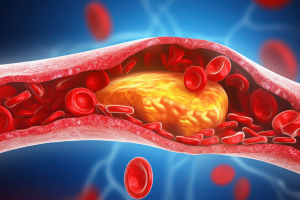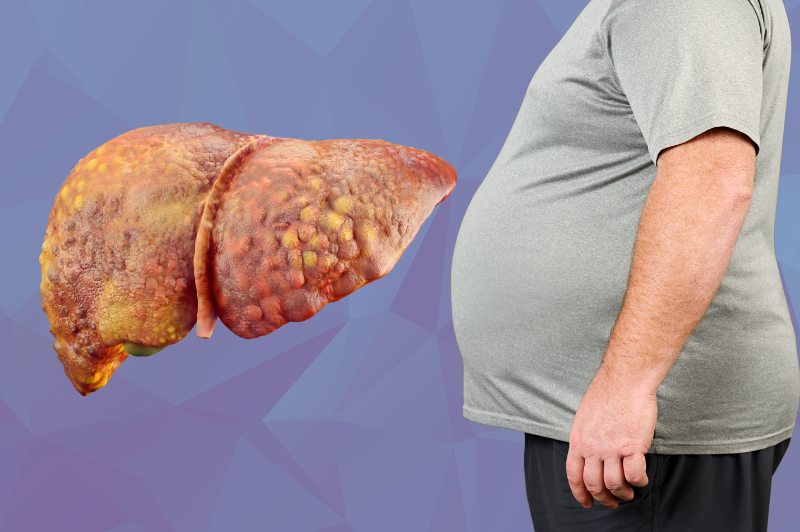High Cholesterol: The Silent Threat and How to Spot the Warning Signs
Published on:May 30 2025
High cholesterol is often dubbed a “silent condition” because it rarely presents obvious symptoms, yet it significantly increases the risk of heart attacks and strokes. In Singapore, the prevalence of high blood cholesterol (hyperlipidaemia) among adults aged 18 to 69 has risen sharply in recent years, with the latest figures showing that about 39% of adults are affected—a substantial increase from 26% just a decade ago. Many Singaporeans remain unaware of their condition, putting them at risk of serious cardiovascular events.
What is Cholesterol and Why Does it Matter?
 Cholesterol is a waxy, fat-like substance found in your blood. It is essential for building healthy cells and producing hormones. However, not all cholesterol is created equal. There are two main types: high-density lipoprotein (HDL), often called “good” cholesterol, and low-density lipoprotein (LDL), known as “bad” cholesterol. While HDL helps remove excess cholesterol from your bloodstream, LDL can build up in the walls of your arteries, leading to blockages and reduced blood flow.
Cholesterol is a waxy, fat-like substance found in your blood. It is essential for building healthy cells and producing hormones. However, not all cholesterol is created equal. There are two main types: high-density lipoprotein (HDL), often called “good” cholesterol, and low-density lipoprotein (LDL), known as “bad” cholesterol. While HDL helps remove excess cholesterol from your bloodstream, LDL can build up in the walls of your arteries, leading to blockages and reduced blood flow.
When cholesterol levels become imbalanced—particularly when LDL is high—fatty deposits (plaques) can accumulate in your arteries. Over time, these plaques harden and narrow the arteries, a condition known as atherosclerosis. This restricts blood flow and can result in serious complications such as heart attacks and strokes. The risk is not trivial: high cholesterol can increase your risk of stroke by up to 10 percent.
Subtle Signs: What to Watch For
Most people with high cholesterol experience no symptoms until a major event occurs. However, there are a few physical signs that may indicate dangerously high cholesterol levels:
- Xanthelasma: These are yellowish deposits of cholesterol that appear around the eyes. While painless, their presence is linked to a higher risk of coronary heart disease and heart attacks.
- Xanthomas: Fatty lumps that can develop under the skin, often on the elbows, knees, hands, or feet.
- Corneal Arcus: A pale white or grey ring around the iris (the coloured part of the eye), particularly in younger individuals, can be a sign of inherited high cholesterol (familial hypercholesterolaemia).
It is important to note that these signs are relatively rare and often go unnoticed. Most people with high cholesterol will not have any visible symptoms.
How to Know Your Cholesterol Levels
The only reliable way to detect high cholesterol is through a blood test. In Singapore, adults are encouraged to have their cholesterol checked regularly, especially if they are over 40 or have risk factors such as a family history of heart disease, obesity, or diabetes. The test measures:
- Total cholesterol: The overall amount in your blood.
- HDL (good) cholesterol: Higher levels are protective.
- Non-HDL (bad) cholesterol: This includes all cholesterol that is not HDL.
Your healthcare provider will also consider other risk factors such as age, blood pressure, and family history to assess your overall cardiovascular risk.
Practical Steps to Lower Cholesterol
Managing cholesterol is largely within your control. Here are some evidence-based strategies:
- Adopt a Heart-Healthy Diet: Focus on foods high in fibre (such as oats, pulses, fruits, and vegetables) and healthy fats (found in nuts, seeds, olive oil, and oily fish). Limit saturated fats, trans fats, and processed foods.
- Exercise Regularly: Aim for at least 30 minutes of moderate-intensity activity (like brisk walking, cycling, or swimming) most days of the week. Physical activity helps raise HDL and lower LDL cholesterol.
- Maintain a Healthy Weight: Even modest weight loss can improve cholesterol levels and reduce your risk of heart disease.
- Quit Smoking: Smoking lowers good cholesterol and damages blood vessels, compounding the risk of heart disease.
- Moderate Alcohol Intake: Excessive drinking can raise cholesterol and triglyceride levels. Stick to recommended guidelines.
When to Seek Medical Advice
If you notice any unusual symptoms—such as yellowish deposits around your eyes or unexplained lumps under your skin—or if you have a family history of high cholesterol or heart disease, consult your GP. Early detection and management are key to preventing serious complications.
High cholesterol is a common but often overlooked health risk in Singapore. While it rarely causes symptoms, it can have life-threatening consequences if left unchecked. Regular screening, a healthy lifestyle, and awareness of subtle warning signs can help you take control of your heart health and reduce your risk of heart attack and stroke.
High Cholesterol: The Silent Threat and How to Spot the Warning Signs





